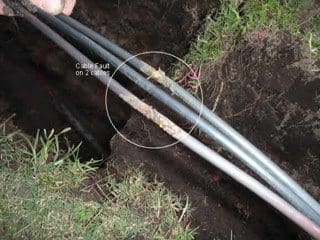Types of Cable Installations in Electrical Network
There are a variety of ways to install power distribution cables. Each method ensures distribution of power with a unique degree of reliability, safety, economy, and quality for any specific… Read more
Jul 27, 2012 | By Edvard Csanyi

Mark the ground with an X and say Dig Here!
No matter what method is used for fault locating on direct buried underground cable, at some point an “x” must be marked on the ground to say “dig here.” The… Read more
Jul 18, 2012 | By Edvard Csanyi
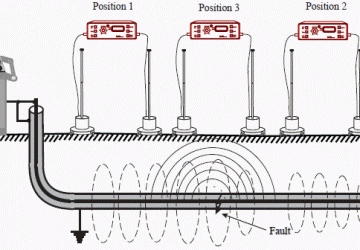
Locating underground electrical cable faults
Before attempting to locate underground cable faults on direct buried primary cable, it is necessary to know where the cable is located and what route it takes. If the fault… Read more
Jul 13, 2012 | By Edvard Csanyi
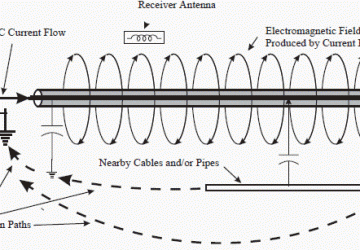
Sizing of power cables for circuit breaker controlled feeders (part 3)
Continued from article Sizing of power cables for circuit breaker controlled feeders (part 2) This criterion is applied so that the cross sectional area of the cable is sufficient to… Read more
May 17, 2012 | By Asif Eqbal
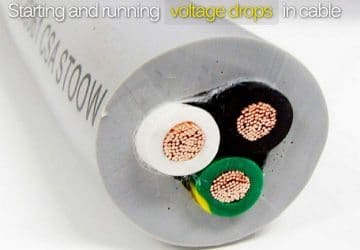
Sizing of power cables for circuit breaker controlled feeders (part 2)
Continued from article Sizing of power cables for circuit breaker controlled feeders (part 1) This criterion is applied so that cross section of the cable can carry the required load… Read more
May 13, 2012 | By Asif Eqbal
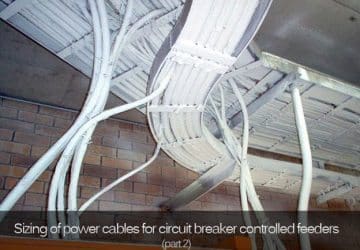
Sizing of power cables for circuit breaker controlled feeders (part 1)
The following three criteria apply for the sizing of cables for circuit breaker controlled feeders: [fancy_header]I. Short circuit current withstand capacity[/fancy_header] This criteria is applied to determine the minimum cross… Read more
May 10, 2012 | By Asif Eqbal
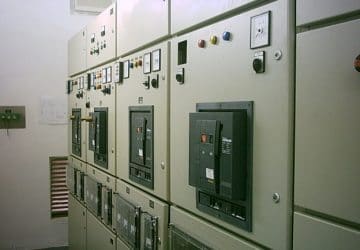
Measurement of insulation resistance (IR)
The measurement of insulation resistance is a common routine test performed on all types of electrical wires and cables. As a production test, this test is often used as a… Read more
Apr 28, 2012 | By jiguparmar
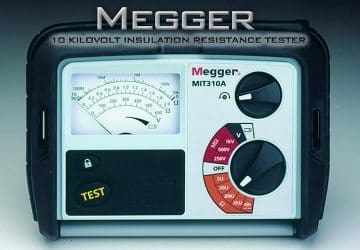
Copper or aluminium? Which one to use and when?
Apart from their electrical conductivity, the other technologically important properties of copper and aluminium differ so significantly (density is an obvious example) that their areas of application are and have… Read more
Mar 16, 2012 | By Edvard Csanyi
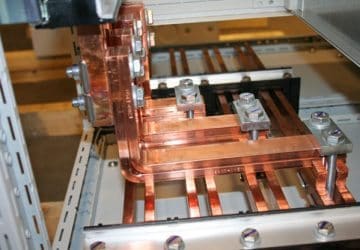
Discussing About LV And HV Electrical Cables
Space is really a critical criterion when discussing electrical cables and wires. In a low-voltage (LV) plastic-sheathed cable with conductor cross-sections of up to 10 mm2 per conductor or in… Read more
Feb 08, 2012 | By Edvard Csanyi
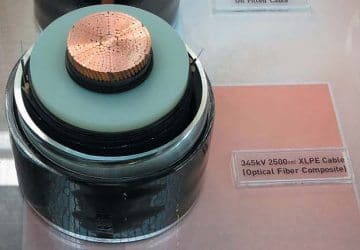
EHV/HV Underground Cable Sheath Earthing (part 2/2)
Continued from previous part: EHV/HV Cable Sheath Earthing (part 1/2) Link Box is electrically and mechanically one of the integral accessories of HV underground above ground cable bonding system, associated… Read more
Jan 21, 2012 | By Edvard Csanyi
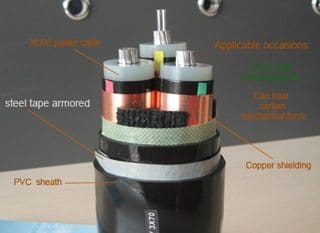
EHV/HV Underground Cable Sheath Earthing (part 1/2)
In urban areas, high voltage underground cables are commonly used for the transmission and distribution of electricity. Such high voltage cables have metallic sheaths or screens surrounding the conductors, and/or… Read more
Jan 19, 2012 | By jiguparmar

Fire Properties Of Cables
This is an area of increasing public and legislative concern, and therefore of increasing interest to engineers. There have been major advances in the fire performance of cables in recent… Read more
Nov 21, 2011 | By Edvard Csanyi

Direct high voltage testing of cable insulation systems
DC testing has been accepted for many years as the standard field method for performing high-voltage tests on cable insulation systems. Whenever DC testing is performed, full consideration should be… Read more
Nov 19, 2011 | By Edvard Csanyi
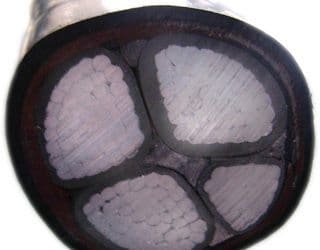
Partial Discharge Testing On Power Cable Systems
Partial discharge measurement is an important method of assessing the quality of the insulation of power cable systems, particularly for extruded insulation materials. This article considers partial discharge from two… Read more
Nov 18, 2011 | By Edvard Csanyi

How to locate underground faults on cable?
A common approach to test cable and determine insulation integrity is to use a Hi-pot test. In a hi-pot test, a DC voltage is applied for 5 to 15 min…. Read more
Oct 04, 2011 | By Edvard Csanyi
